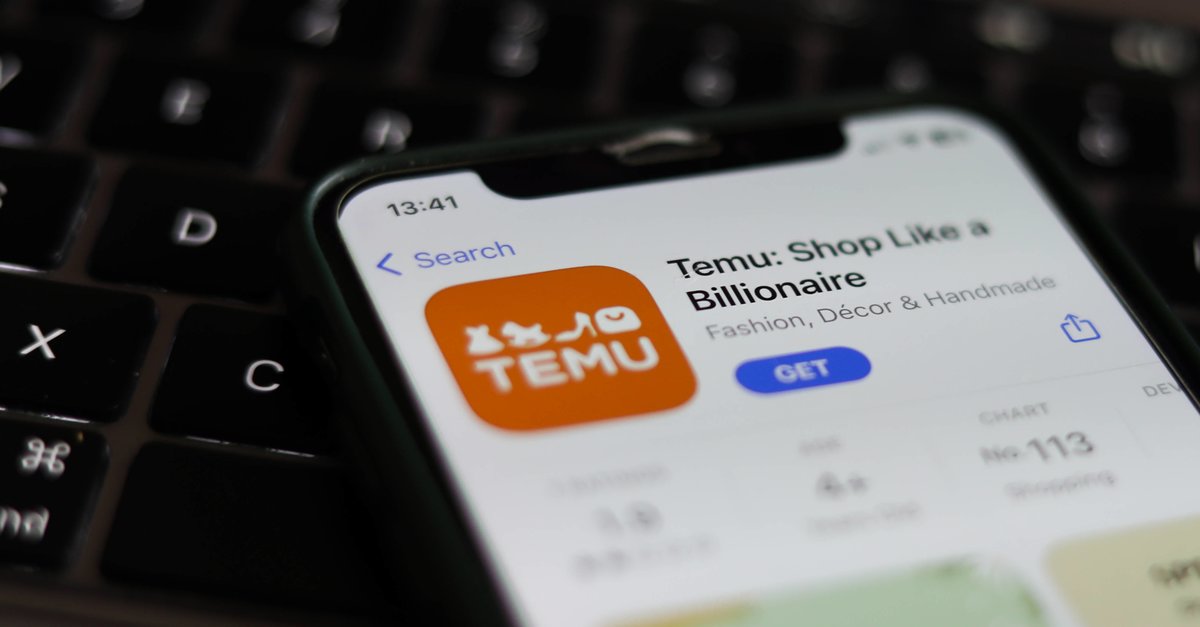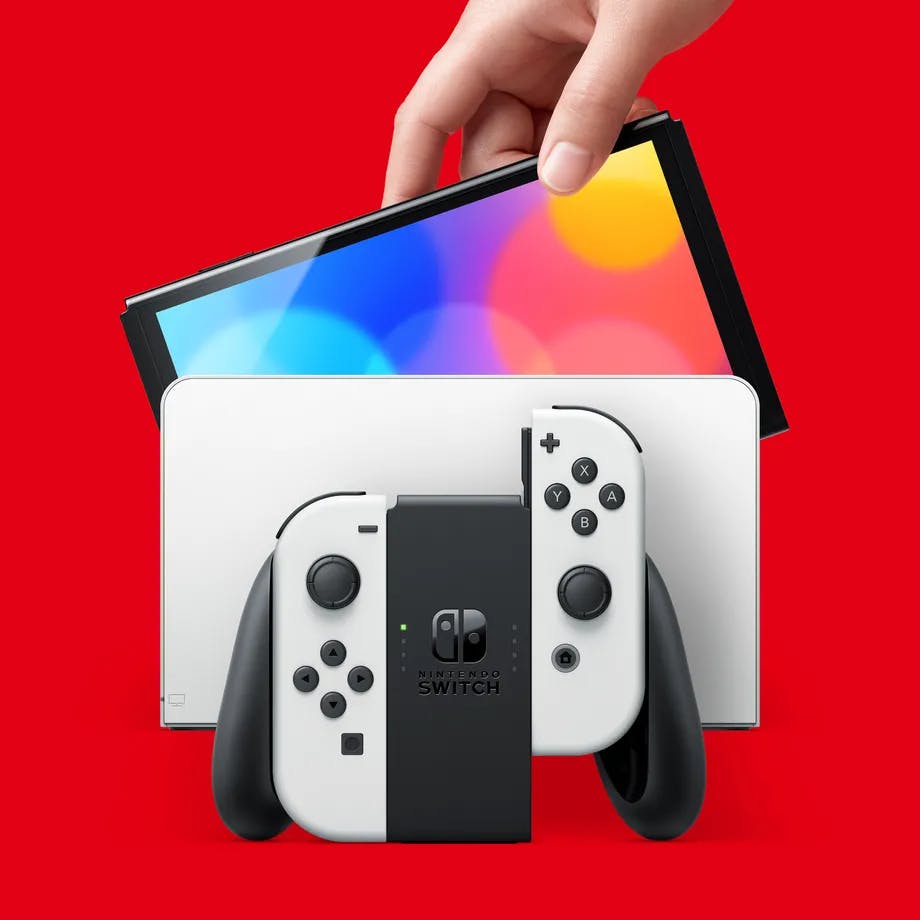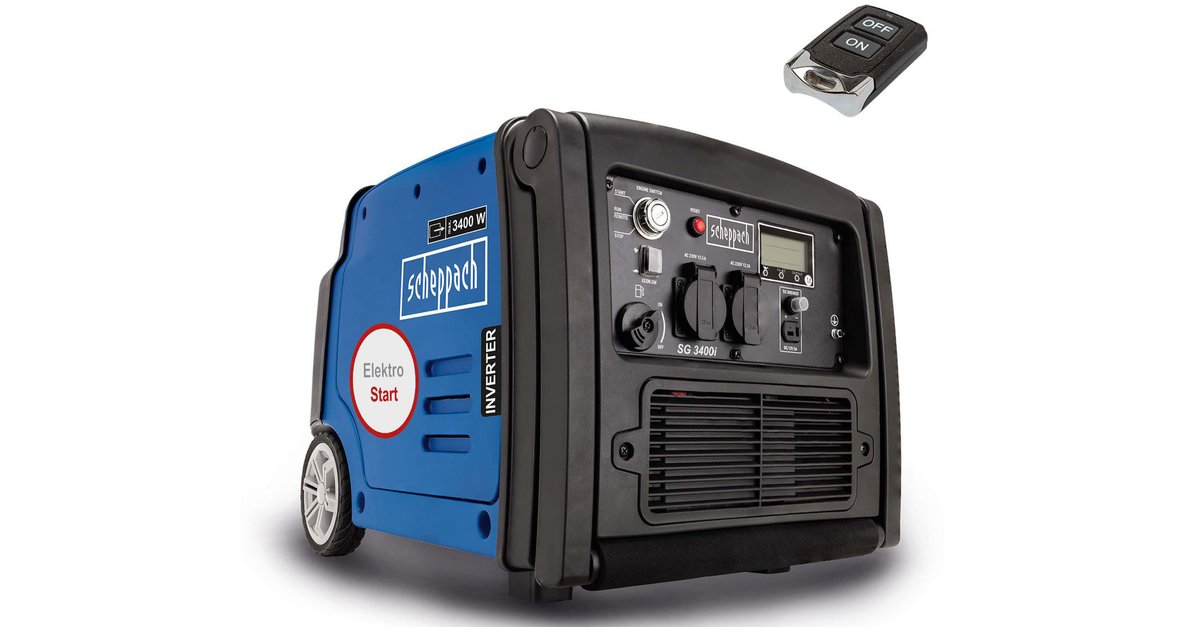A mini solar system can cost so much that it pays off
Before you buy a ready-to-use mini solar system, you should calculate whether such a balcony power plant is worthwhile for you at all. You don’t just want to get the prize back at some point, you also want to make a small profit. I’ll tell you what’s important, using my mini solar system as an example.
Plug-in mini solar systems are all the rage. Ever since I started helping out in the local area with the implementation of balcony power plants, I’ve been inundated with inquiries. It feels like everyone wants to have a small photovoltaic system, in order to be able to cover the power requirement somewhat. However, the high demand also means that the prices for such complete sets have gone through the roof. It is all the more important not to lose your head and to pay any price. It will also become a little cheaper again in the foreseeable future when production and supply chains in China recover.
When is a mini solar system worthwhile for you
In every conversation I’ve had regarding the implementation of a mini solar system, the total price was with the two solar cells, the microinverter, cables and the bracket at a maximum of 1,000 euros. You should also use this guideline as a guide when it comes to a 600-watt system. For a 300 to 400 watt system with a solar panel, I reckoned with 600 euros.
The reason for this is simple. With a plug-in mini solar system, you don’t store any electricity, you have to use it immediately. Therefore you will give away a lot of produced energy. Even if suppliers promise that you can generate up to 650 kWh per year with systems, that does not mean that you always use the electricity. That is why the savings are never as high as stated there.
I save 100 euros in electricity costs a year
In my example, the system cost a total of 800 euros. In one year I save about 100 euros in electricity costs with it. This is also the benchmark you can count on. After eight years, my mini solar system will pay for itself and then, with luck, produce energy for another 17 or more years free of charge. If it had cost 1,000 euros, it would have been 10 years. The calculation is based on an electricity price of 30 cents. If you pay more, you can also spend more because you simply save more.
If the amortization takes longer than 12 years, there is a risk that you will not make any profit at all. Because the manufacturer’s guarantee for most microinverters is exactly these 12 years. So if something happens, you can count on a repair. If the guarantee expires, you have to invest 200 to 300 euros again and the game starts again. At the same time, the solar cells produce less electricity over the years, so that everything is pushed back. If nothing breaks, then you make a profit either way, since electricity prices are sure to rise in the next few years. But you should still not buy at any price.
Prices for mini solar systems are currently far too high
Almost two years ago, a mini solar system with all the trimmings cost 500 euros. Nowadays you have to be lucky if you can get one for 750 euros. And then the accessories are not included. Reputable suppliers charge a maximum of 1,000 euros for a set, depending on where the solar panels are manufactured. Most recently we paid around 760 euros for a set. With bracket and accessories we were around 840 euros. That’s a price that’s absolutely fine.
Due to the corona pandemic, the problems with production and missing parts, prices are currently particularly high. Of course, the demand has also risen sharply at the moment, so that the prices have skyrocketed.
In our city, for example, the network operator offers a complete package with installation for 1,600 euros. That’s a lot of money, even if you will of course receive professional advice and everything will be connected. But if you don’t have two left hands, you can do it yourself. And everything you pay for you have to get back from the electricity later, otherwise you end up paying more.


